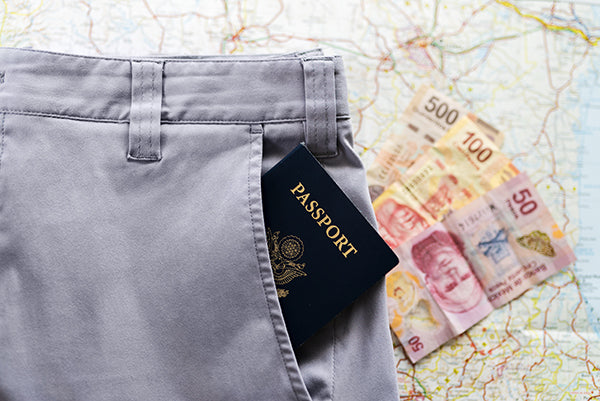
As much as we all love travel, it can be a hassle. And a big part of this is what we drag along to look or feel good on our journey.
For some perspective, I like to think about what the travelers of yesteryear had to carry and wear. Sailing in brass buttons, fighting a war in a waxed trench coat, or camping in wool sweaters and canvas tents. Before Gore-Tex, people were forced to find a clothing solution to frigid temperatures and biting winds if they wanted to explore. I mean, Arctic dwellers and explorers used to create waterproof jackets from actual intestines. For real.
We wanted to look back and see how history has influenced travel clothing over time. While not an exhaustive review — we’ve focused on Western fashion and recent history — a snapshot timeline presents how the nature of life in each period brought us to where we are now.
Travel Clothing in Early Times
What do we mean by “travel clothes?” In the beginning, long distance travel applied to only the wealthy, soldiers, and pilgrims. The average person would rarely have the leisure time or the inclination to travel further than to the next town with any frequency. Moving around was hard with the only way to travel quickly being by horse, carriage or sea. And the journey was painful.

So before the modern era, travel wear wasn’t considered a separate category. As a merchant or a soldier, you wore what made sense to your social standing, and got by on the road.
19th Century: Developing Clothes for Travel
By the early 1800s, the industrial revolution brought a lot of changes in the way we traveled. A middle class was emerging; more people had more time and disposable income to travel, plus new modes of transportation helped move them around, including canal boats, stagecoaches, steamships, and trains.
In this era, people mainly dressed for utility: wool coats kept out the wind and rain, dark colors masked the dirt and dust, and wide-brimmed hats shaded both men and women.
A wealthy person might have heavier, hardier clothes for travel than their everyday wear or finery, but these pieces weren’t considered exclusively for travel, just more suited to the rigors of the weather and type of transport.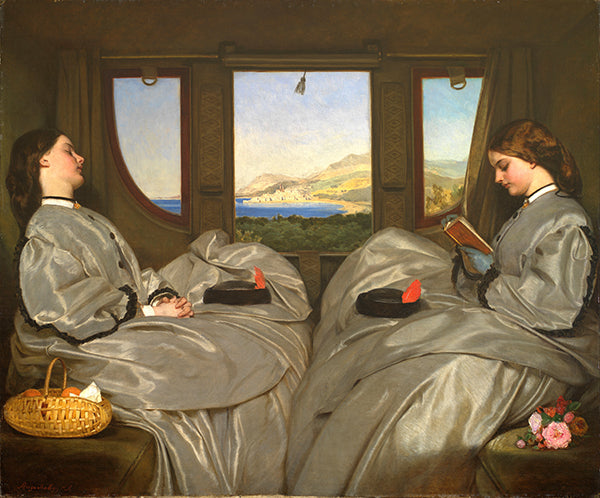
In the 1800s, even new, modern ways to travel had serious drawbacks. They were universally filthy: steamships, trains, and canal boats were coal fired and therefore covered in soot. Stagecoaches and carriages were dusty and dirty. And they were all crowded and offered little privacy.
Therefore, travel clothes usually fell into two distinct categories: the clothes you would wear on the journey and the ones you would wear at your destination. Warm, protective, and utilitarian clothes were encouraged, and fine clothing discouraged for trains and steamships. Some guidebooks even suggested wearing old clothes that you could literally throw away when you got to your destination.
That’s why wealthy travelers in the 19th century often had huge steam trunks for long trips, packing their entire wardrobe for the destination separate from the clothing they would wear for the journey. Of course, what you packed and how also depended a lot on your wealth and class. Lower class women and men often traveled with only a single change of clothes.
Once at their destination, the best travel clothes for women in particular were simple clothes without a lot of fluff or frills — because they were difficult to keep clean and maintain while traveling. Specialized clothes and gear were often needed and recommended for specific locales, like khaki clothes and suits for tropical climates or fur coats for winter weather.
Despite the inconveniences, travel was improving: in the late 1700s, it might take 6 days by horse to travel between Boston and New York; by 1840, you could make the trip in 5 hours by rail or coastal steamship.
20th Century: Specialized Travel Outfits
By the early 1900s, travel had gotten considerably less dirty, so travel outfits became more about fashion and etiquette than utility. In June of 1925, Vogue declared, "The boat is the country, and the train [is] town in the morning," to help women know what sorts of fashions to wear on a trip. (Apparently that made perfect sense to women of the day.)
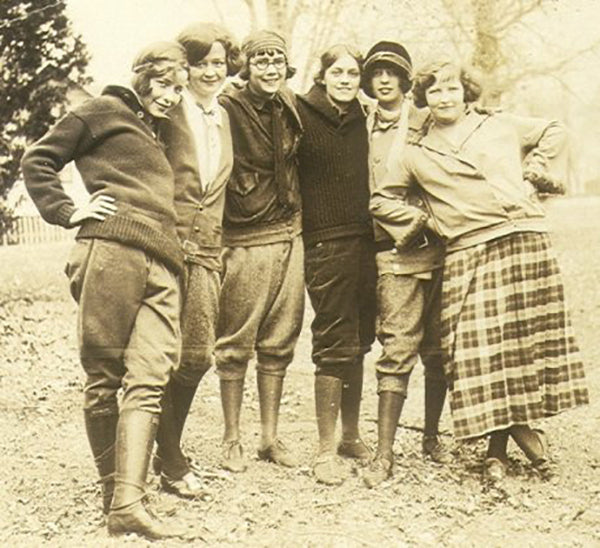
Women started to wear trousers in the 1920s, and the first athletic wear for men and women was introduced (though, it would be considered extremely formal compared to today).
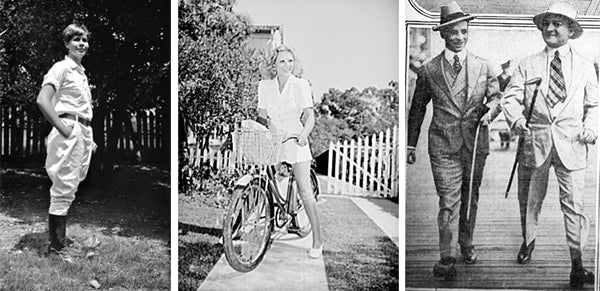
Of course, even into the 20th century, fashion and etiquette weren’t necessarily conducive to adventurous travel. A person headed to a truly remote or unusual destination would still have specialized gear to carry. And women and men alike might each need a separate travel wardrobe if they wanted to carry clothes that would be appropriate for hiking or trekking as well as clothes appropriate to a city or dinner party with friends.
When cars first appeared on the scene, they were almost exclusively driven for sport rather than long distance travel. They were also all open and so required driving gloves and hats, long linen duster jackets, and goggles for both men and women. Women wore veils over their hats to protect from sun, wind and dust.
We love how creative their solutions were. This photo, from Montreal in 1939, shows a device meant to protect from snowstorms:
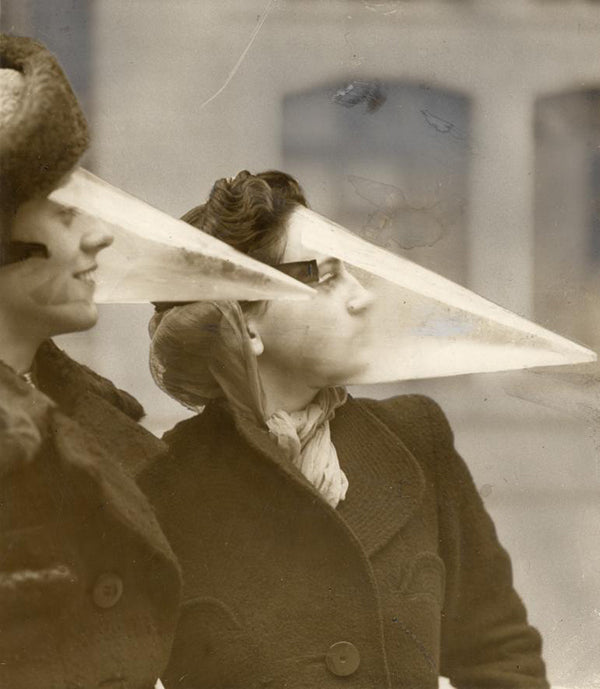
By the time air travel began to become popular, the mode of dress was again more about etiquette than utility. People still chose fabrics less likely to wrinkle or show dirt, but the real change was in the weight and capacity restrictions on luggage for airplanes as compared to steamships and trains. Lightweight and smaller suitcases were necessary, which led to people packing and carrying less.
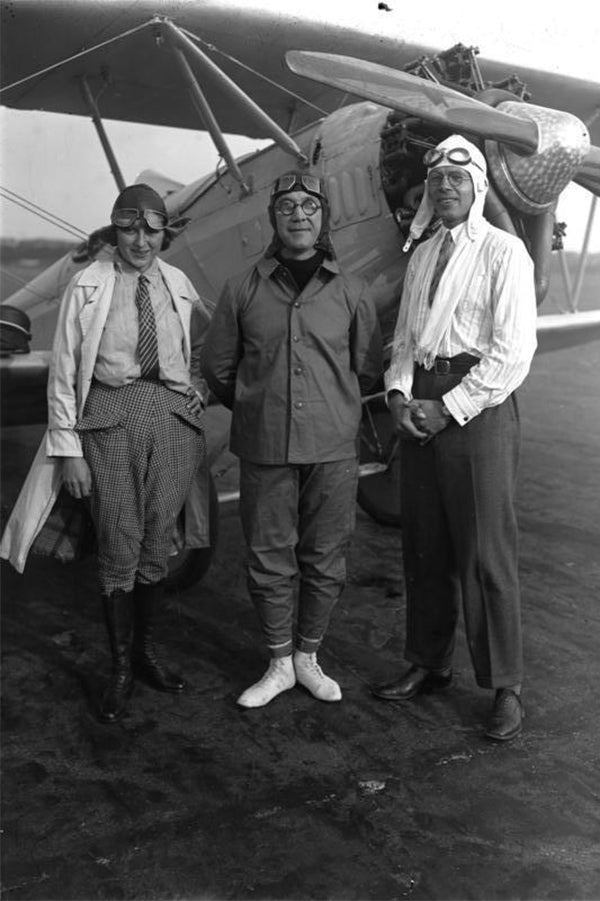
20th Century: The Techwear Revolution
The biggest change in clothes for travel happened in the mid 20th century with the invention of synthetic fibers and fabrics. Rayon, viscose, and nylon were invented and popularized starting in the 1930s and companies quickly realized that these could be useful to travelers because they resist wrinkles, take up less space when packing, and could be quickly washed and dried in a hotel sink.
Plus, before the 1920s, most clothes were done up with buttons and lacing, but now hook and eye closures, buttons, snaps, and most notably, zippers, were developed which made clothing easier to wear and to fasten, as well as introducing new designs.
But the first clothes designed and marketed specifically for travel stuck with that “utility over fashion” paradigm. And the results weren’t pretty. This happened to coincide with a decline in the formality of the way we dress every day, which is how we got travel wardrobes that look out of place in Paris and Rome. It also saw the rise of “safari” dress, which included khaki clothing and belted bush jackets.
By the end of the 20th century, it was easy to get high tech gear that you could take on a hike or wear to climb a mountain, and you could also buy clothes specifically for travel; it’s just that they screamed TOURIST.
Here’s our friend Mark Orwoll, former editor at Travel & Leisure, who generously shared some of his travel fashion clothes from this time (complete with retro film look from a Kodak Instamatic):
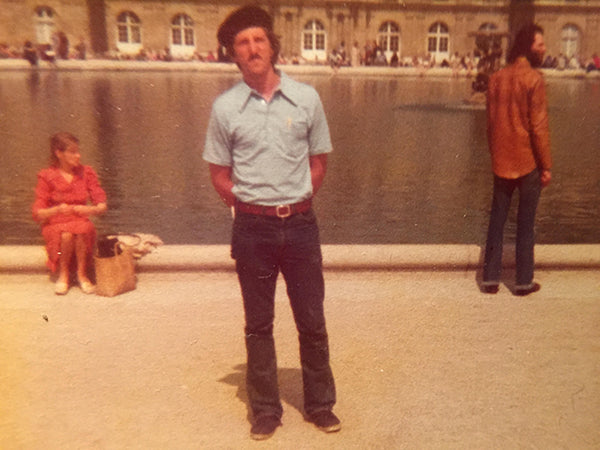
Thinking back on this image of him from 1976 in Paris, Mark writes, "Trying to ape the locals' fashion is rarely a good idea. To wit, espadrilles, bell-bottoms, really big belt, ill-fitting beret and attempted mustache do not a Frenchman make."
Now: We Can Have It All
Fast forward to today: gone are the eras of either huge steam trunks or travel clothes more fit for climbing a mountain. The current aesthetic is to combine high tech features with a more classic look for stylish travel attire.
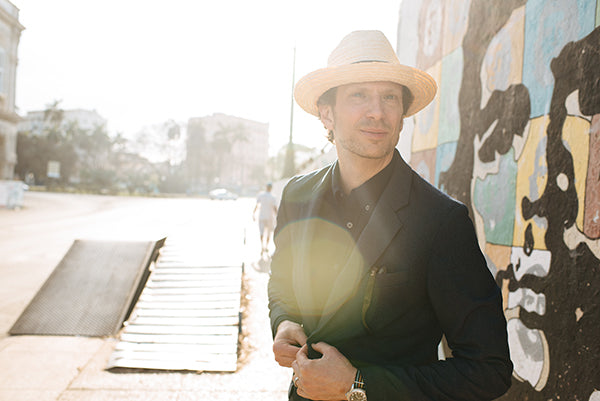
Bluffworks exists at the perfect point in history. We take high performing, technical fabrics that go through an extensive R&D process to deliver clothing that’s wrinkle free, breathable, machine-washable, and moves with you — whether that’s in the boardroom, with your family, or on a trip around the world.
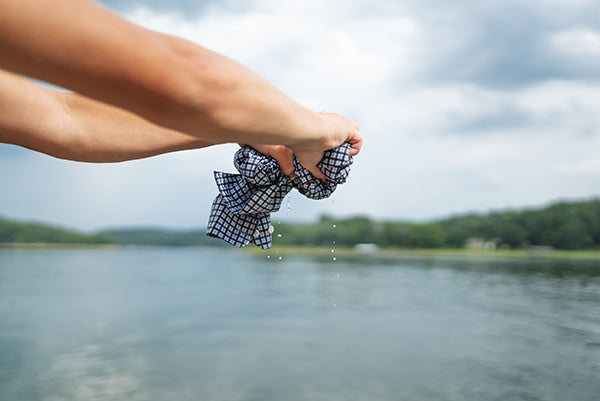
On the one hand, our perspective is that travel is the best and most special thing we do; but on the other hand, it should be part of our everyday because our lives are blended. Travel doesn’t always have to be big. It can be small.
We just want to be ready.
Bluff on,

Image credits, top to bottom: George Morland - scanned from John Styles, The Dress of the People: Everyday Fashion in Eighteenth-Century England; Augustus Leopold Egg, The Travelling Companions, 1862; Teenaged women, May, 1924, Minnesota. From ancestor's photo collection through Wikipedia; Henry Walker, A woman with short hair, standing sideways, wearing a white shirt, jodphurs, and riding boots; Ilona Massey, Hungarian-American actress wearing bright red, knee high socks, in ribbed lisle, which have been designed for active sports wear"; Men's sea side fashions from April 1915; Plastic face protection from snowstorms. Canada, Montreal, 1939; Pilots in Berlin; Mark Orwoll in France, Bluffworks images. All photos unless otherwise indicated available under Wikipedia Creative Commons.




